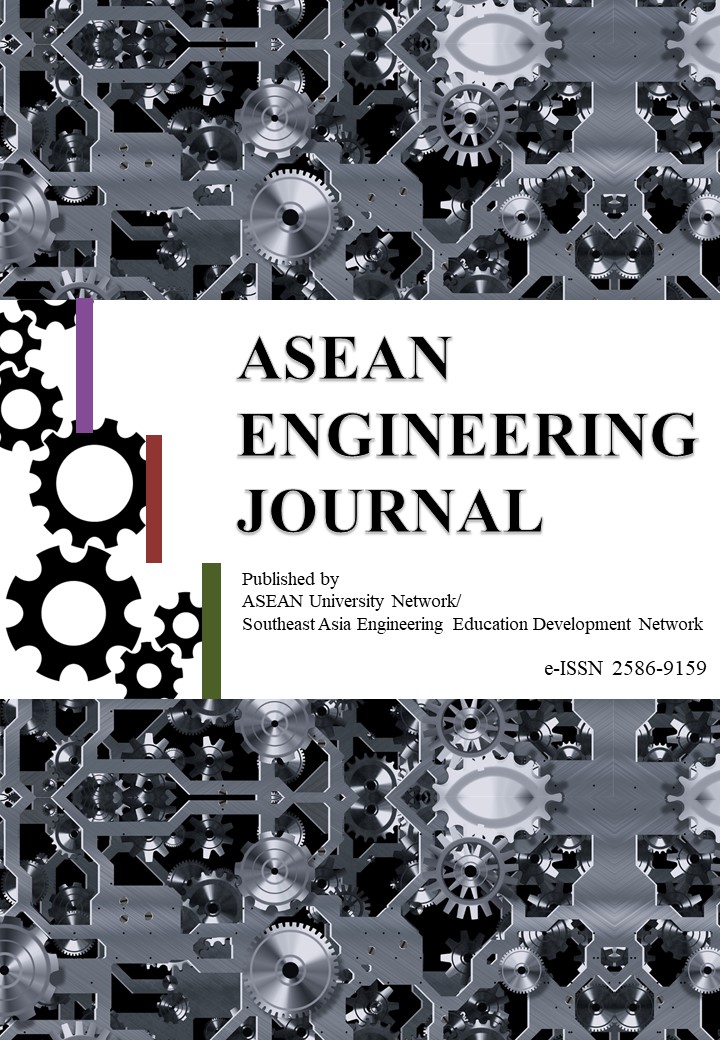BEHAVIOR OF PARTIAL STRENGTH OF BEAM-TO-COLUMN CONNECTION WITH GUSSET PLATE FOR COLD-FORMED STEEL SECTIONS
DOI:
https://doi.org/10.11113/aej.v10.16601Keywords:
Cold-formed steel, Gusset plate, Moment-rotation, Top-seat and web angleAbstract
The use of cold-formed steel (CFS) as part of a major construction has been rapidly increasing recently, as it is considered viable as an alternative to the conventional hot-rolled steel section. However, information about CFS as part of a non-composite system is still limited as the connection is designed as a pinned connection, only good for roof trusses and wall paneling. The aim of this research is to propose a connection for CFS sections that could enhance the strength of typical CFS connections, from pinned to partial strength connections. This paper presents the behavior of the partial strength of a non-composite beam-to-column connection for a cold-formed steel section where a gusset plate was used as a stiffener. This type of proposed connection for CFS is not limited only to the construction of roof trusses and wall cladding, but is also able to provide better flexural strength in semi-continuous construction. The proposed connections consisted of 6 specimens divided into two types, the first of which were stiffened by the gusset plate and the second of which were enhanced further with the top, seat and web angles. From the results of the experimental tests it was concluded that all the proposed connections can be categorized as partial strength connections, where the strength was more than 25% of the connected beam and suitable for use in semi-continuous construction. A relatively good agreement was recorded for the comparison between the experimental results and the predicted results from the EC3 component method super-imposed with a haunched gusset plate and top, seat and web angle components, which differed in the range of 1.31 to 1.5 times for the moment resistance and 1.07 to 1.37 times for the stiffness of the proposed connections.
















